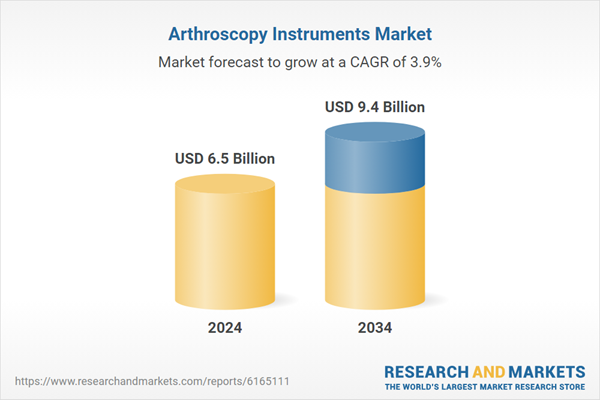Ambulatory surgical centers, especially in urban settings, are rapidly expanding and becoming major hubs for outpatient arthroscopy, contributing further to market growth. Expanding healthcare infrastructure in emerging economies, alongside rising expenditure, is encouraging broader adoption of arthroscopic techniques and devices across both public and private health sectors.
The powered shaver systems captured a 23.9% share in 2024, owing to their essential role in delivering precise tissue and bone resection during minimally invasive joint procedures. Their superior efficiency, ease of handling, and ability to integrate seamlessly with advanced visualization systems make them a preferred tool in modern arthroscopic surgeries. Their growing use in outpatient surgical centers is helping fuel adoption, as they reduce operation time while enhancing precision and procedural success.
The knee arthroscopy segment held the largest market share at 41.6% in 2024, attributed to the high volume of knee-related injuries and osteoarthritis cases globally. The segment benefits from growing sports participation, a rise in elderly populations, and a broader shift toward minimally invasive interventions. Ligament tears and cartilage damage are routinely addressed using arthroscopic methods, making it the most performed procedure. Improvements in techniques, tools, and recovery outcomes continue to support its dominance across both developed and developing regions.
North America Arthroscopy Instruments Market held a 35.3% share in 2024. This leadership is driven by advanced surgical infrastructure, early adoption of cutting-edge medical technologies, and a high frequency of orthopedic procedures. The U.S. and Canada continue to invest in specialty orthopedic centers and outpatient surgical facilities, enabling wide-scale integration of minimally invasive techniques. Rising life expectancy, combined with the increasing prevalence of osteoarthritis and sports injuries, further accelerates the demand for arthroscopic tools across the region.
Key participants in the Global Arthroscopy Instruments Market include Olympus, Medacta, Smith & Nephew, Medtronic, Hemodia, Stryker, Richard Wolf, CONMED, Karl Storz, Arthrex, Invamed, Zimmer Biomet, B. Braun, and DePuy Synthes (J&J). Leading companies in the arthroscopy instruments market are advancing their position through consistent investment in next-generation surgical technologies. Innovations in robotics, AI-driven visualization, and disposable tools are helping these firms offer greater precision, shorter recovery periods, and enhanced clinical outcomes. Several players are expanding their outpatient-specific product lines to meet rising demand from ambulatory surgical centers. Strategic collaborations with healthcare institutions and sports medicine specialists are enabling companies to develop procedure-specific instruments tailored to evolving surgical techniques. Additionally, many are targeting high-growth emerging markets by strengthening regional distribution networks and launching cost-effective instrument lines.
Comprehensive Market Analysis and Forecast
- Industry trends, key growth drivers, challenges, future opportunities, and regulatory landscape
- Competitive landscape with Porter’s Five Forces and PESTEL analysis
- Market size, segmentation, and regional forecasts
- In-depth company profiles, business strategies, financial insights, and SWOT analysis
This product will be delivered within 2-4 business days.
Table of Contents
Companies Mentioned
The key companies profiled in this Arthroscopy Instruments market report include:- Arthrex
- B. Braun
- CONMED
- DePuy Synthes (J&J)
- Hemodia
- Invamed
- Karl Storz
- Medacta
- Medtronic
- Olympus
- Richard Wolf
- Smith & Nephew
- Stryker
- Zimmer Biomet
Table Information
| Report Attribute | Details |
|---|---|
| No. of Pages | 130 |
| Published | August 2025 |
| Forecast Period | 2024 - 2034 |
| Estimated Market Value ( USD | $ 6.5 Billion |
| Forecasted Market Value ( USD | $ 9.4 Billion |
| Compound Annual Growth Rate | 3.9% |
| Regions Covered | Global |
| No. of Companies Mentioned | 15 |









